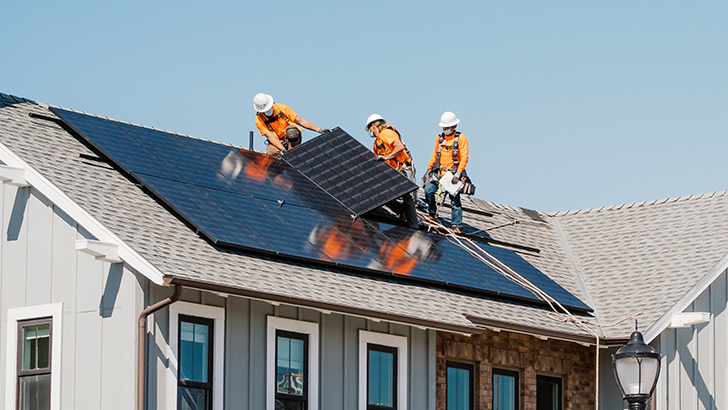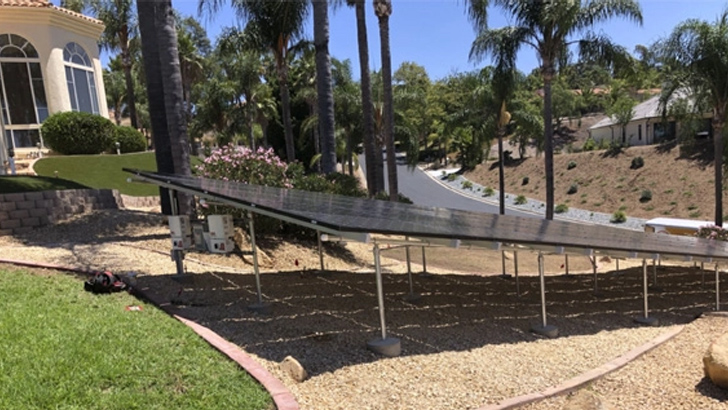We use cookies to enhance the performance of our website, and to better personalize content for you, our users. By remaining on our site, you indicate that you’re ok with cookies. Read more
Roof-mounted systems are anchored directly to your roof through a series of roof attachments, module clamps, and mounting rails. This is the most commonly installed system because for most homeowners it offers the most space-saving, sun-light absorbing solution.


